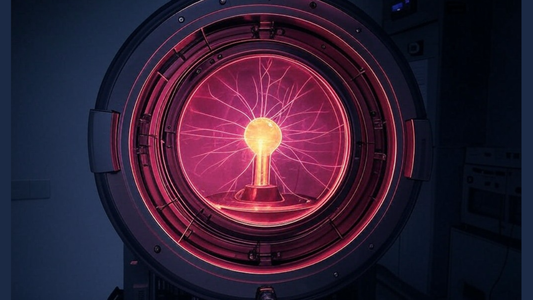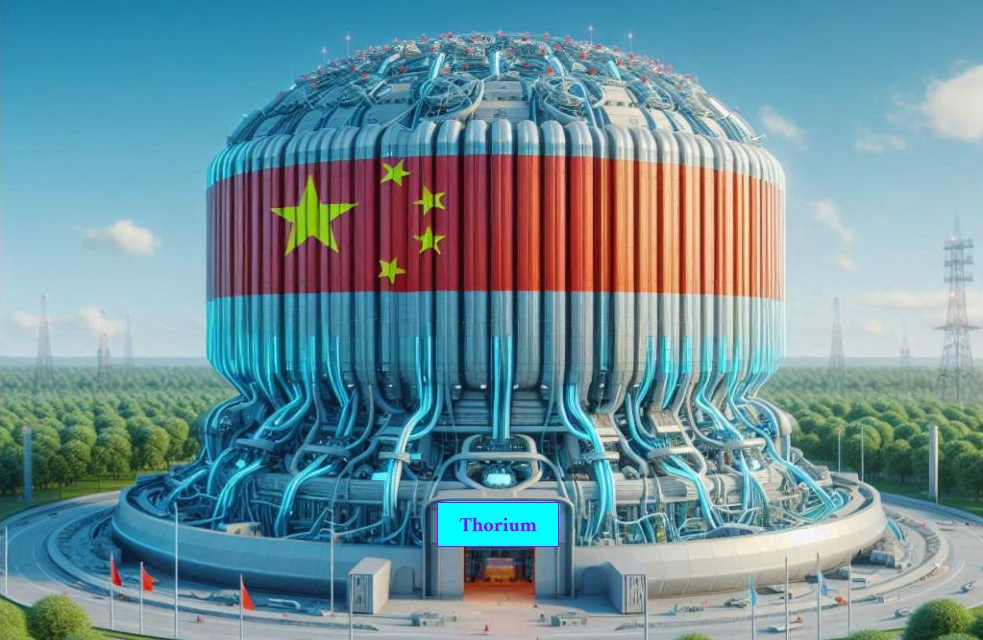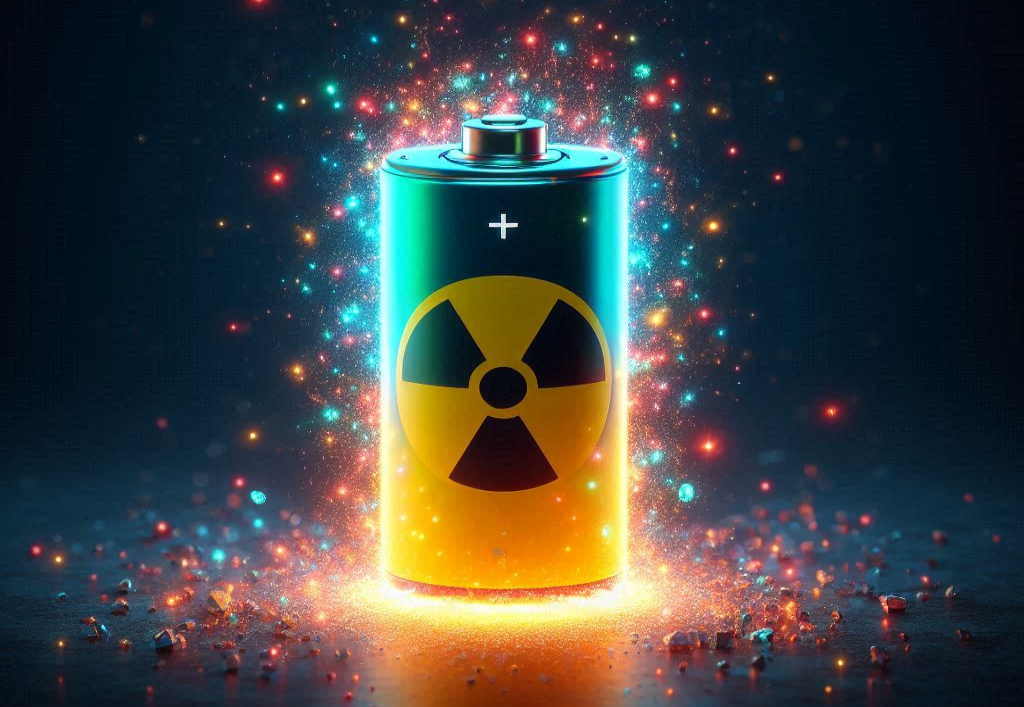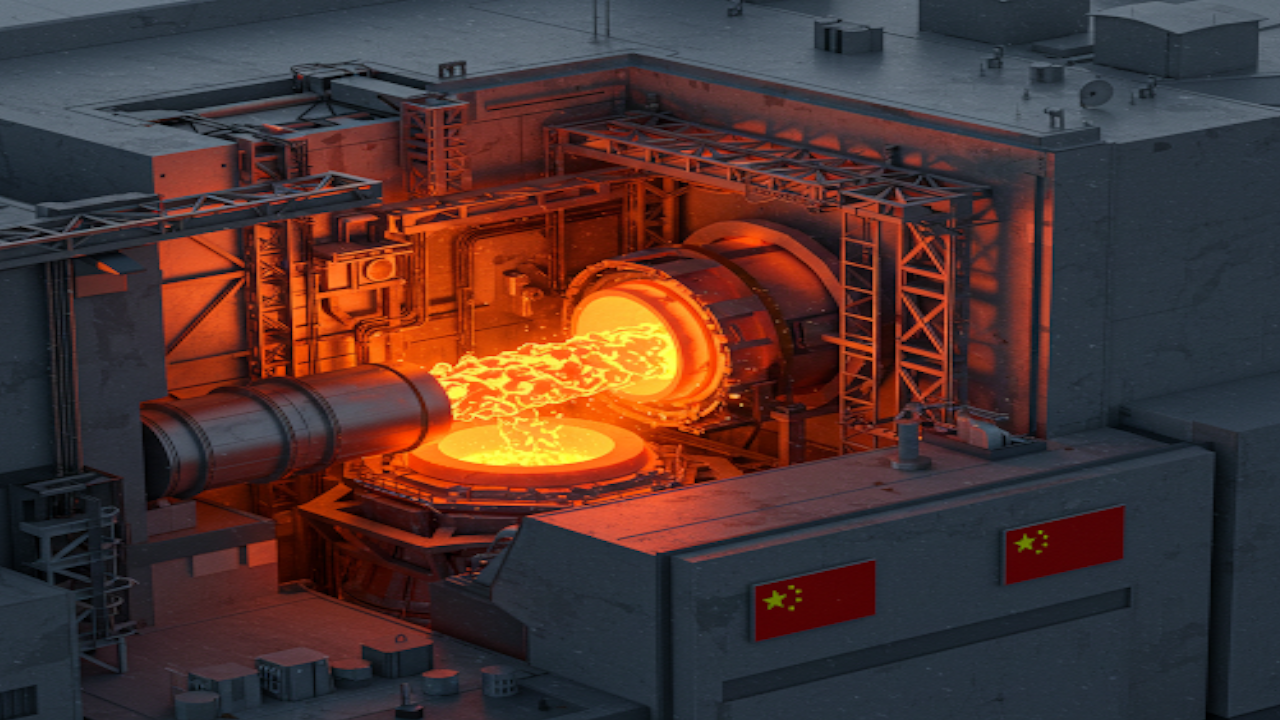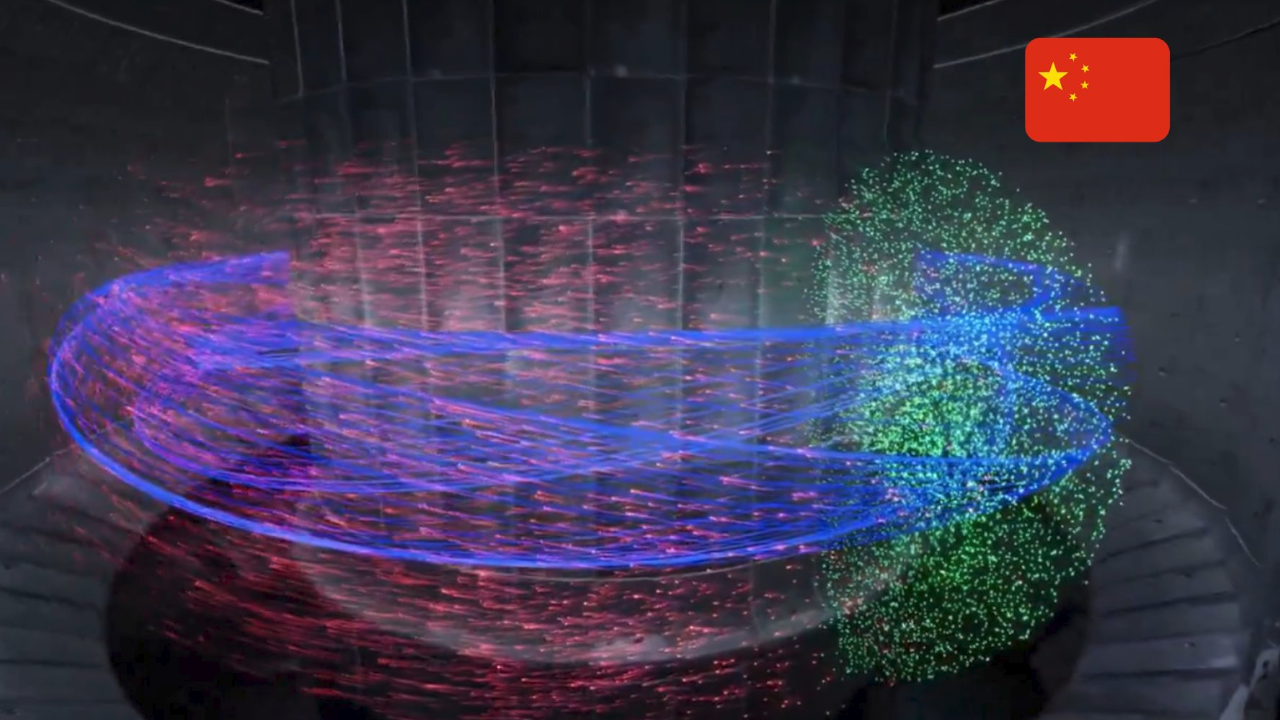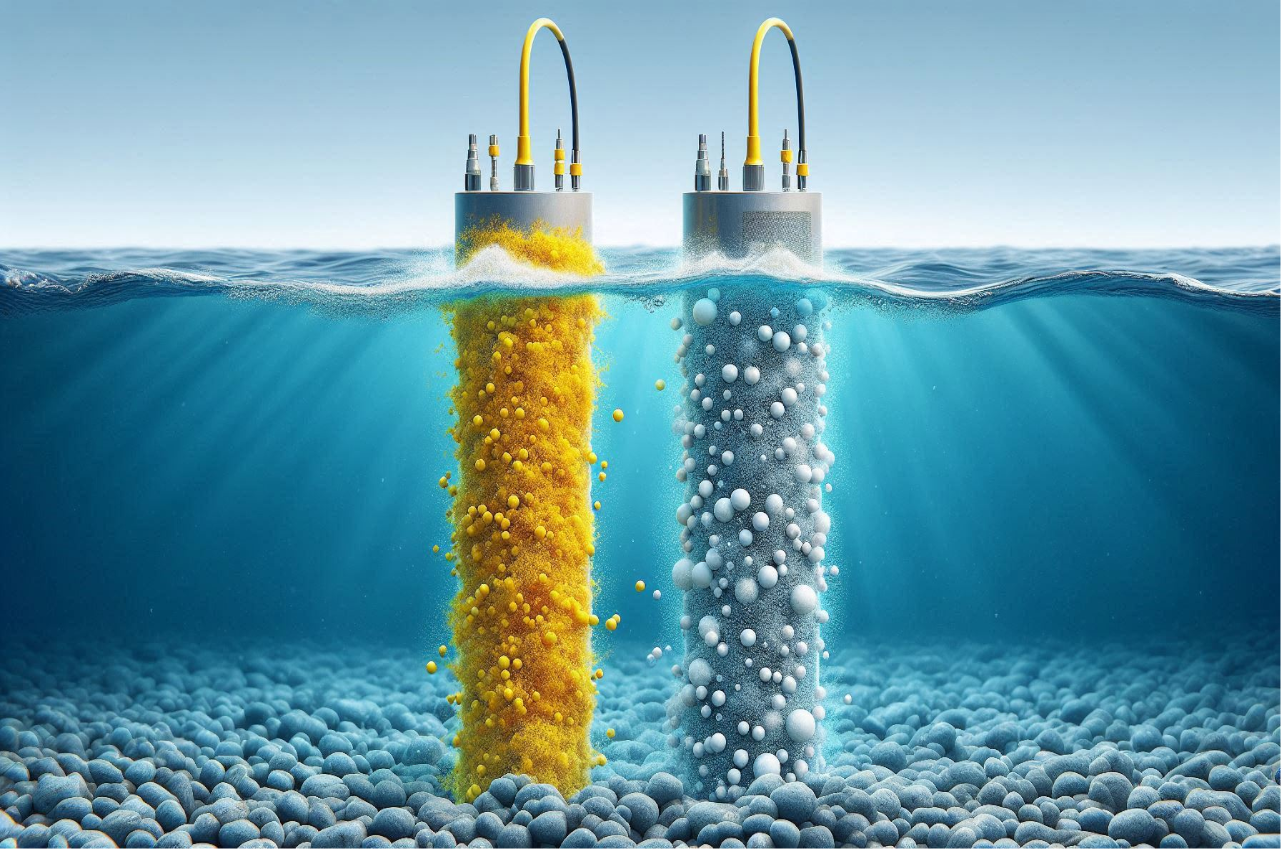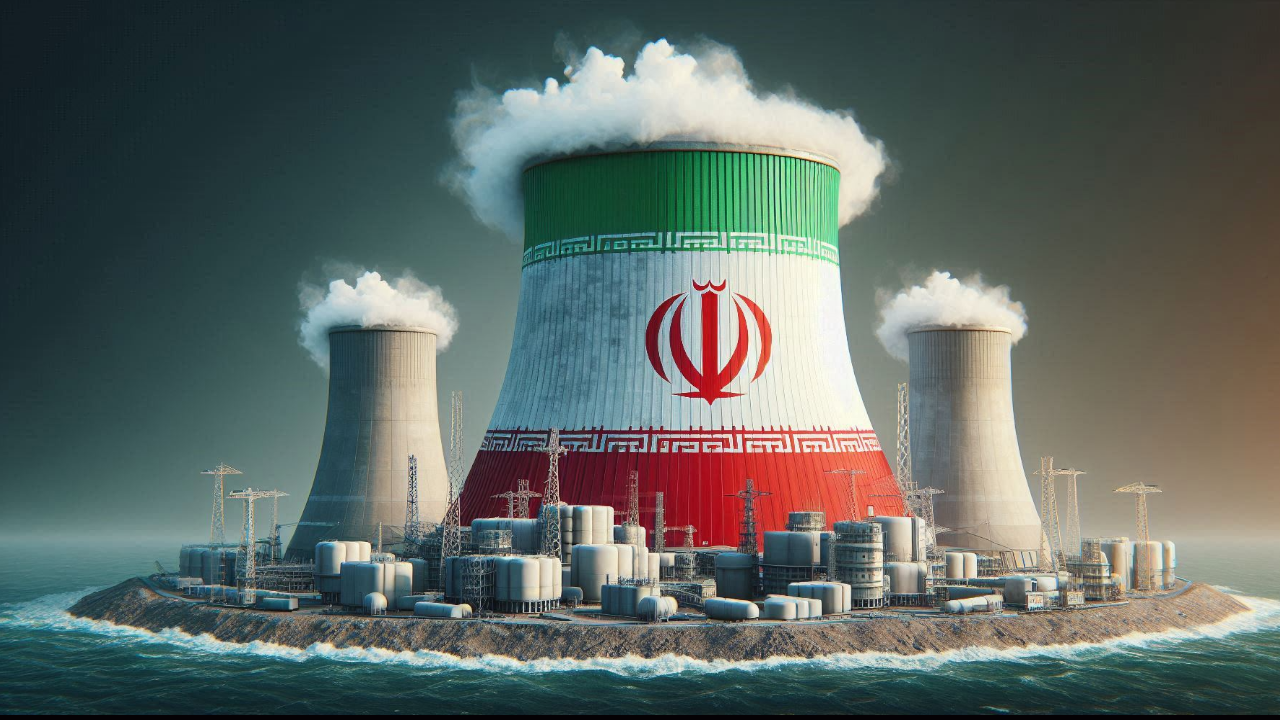China has made a significant step towards achieving nuclear fusion energy by setting a new world record with its Experimental Advanced Superconducting Tokamak (EAST) reactor, also known as the ‘artificial sun.’
The reactor maintained a plasma flow for 1,066 seconds (17 minutes and 46 seconds), surpassing the previous record of 403 seconds (6 minutes and 43 seconds) set by EAST in 2023. This achievement marks a crucial milestone in the pursuit of sustainable fusion energy.
To achieve this, they increased the energy and improved the design of the heating systems. These systems emit electromagnetic waves at specific frequencies that interact with charged particles (electrons and ions) in the plasma. This interaction transfers energy to the particles, causing them to accelerate and increase the overall temperature of the plasma (this can be likened to heating food in a microwave).
The sun itself undergoes nuclear fusion to generate energy, which means that the nuclei of light atoms fuse to form a heavier nucleus, releasing massive amounts of energy.
One of the most critical requirements for conducting nuclear fusion is reaching and maintaining high temperatures. The EAST reactor has achieved temperatures exceeding 100 million degrees Celsius, which is about seven times hotter than the core of the sun.
Many countries are working on developing nuclear fusion reactors because, unlike fossil fuels, they can be a clean source of energy. They are also better than nuclear fission reactors, which produce harmful radioactive waste.
Despite this significant development, there are still many challenges to reach a commercial product that generates electricity at a cost lower than the operational cost.
